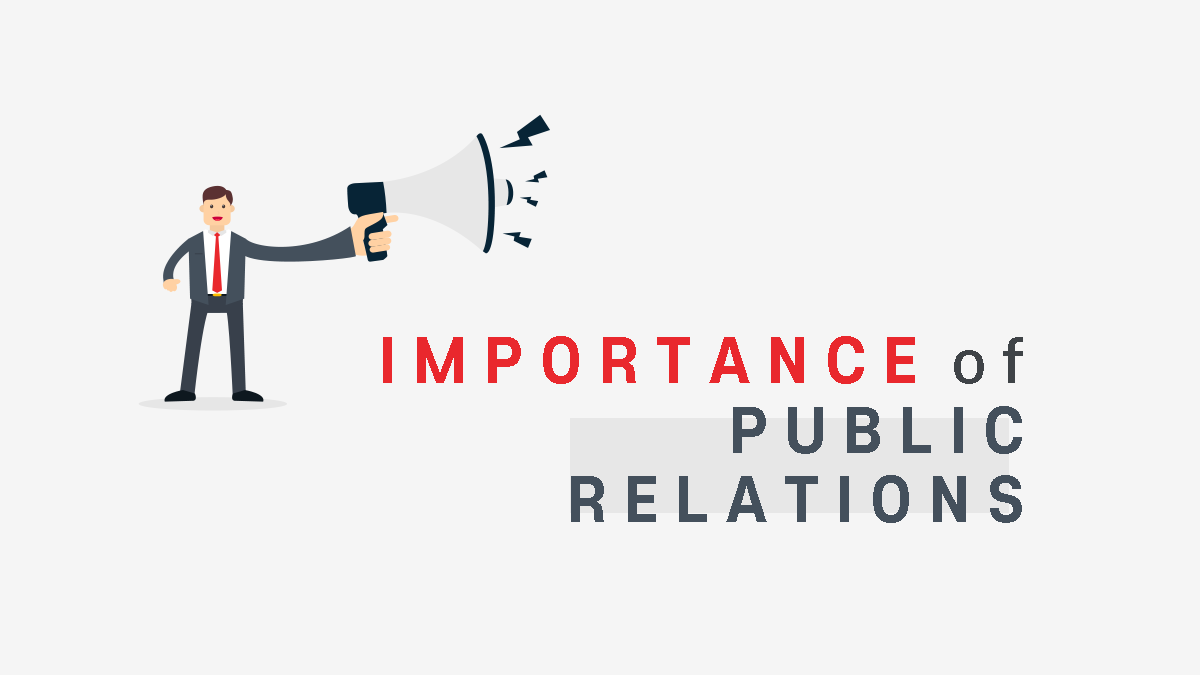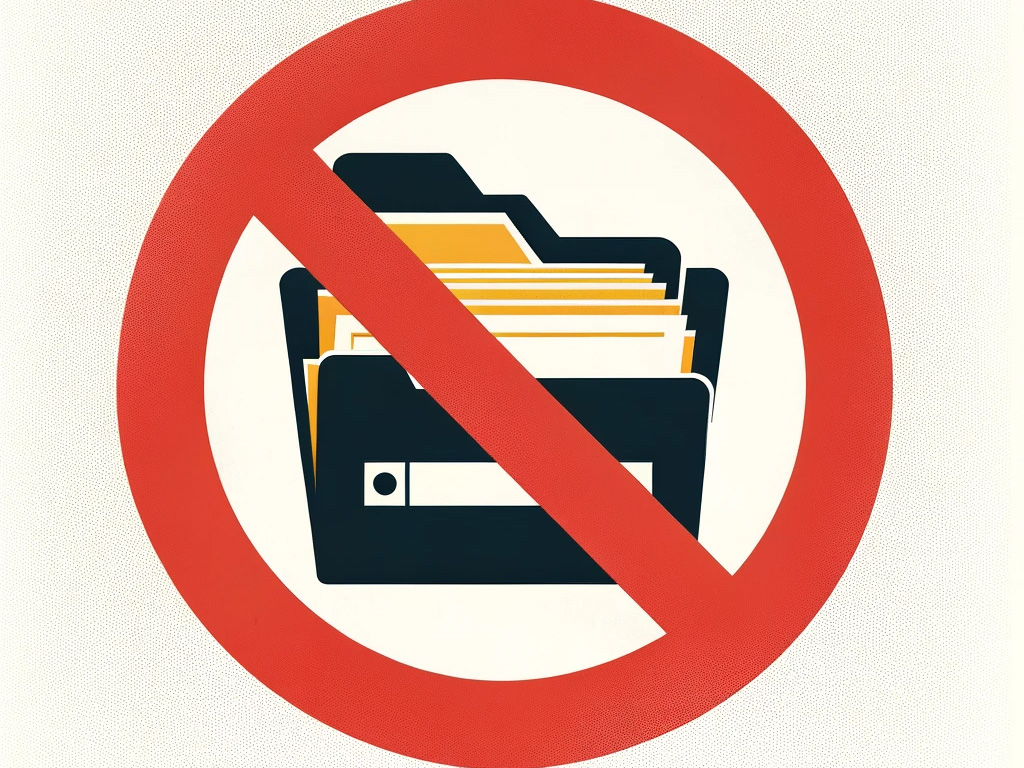Inside The Importance Of Workplace Safety: Public Relations

Post Categories
Caitlin
Most companies think of workplace safety as an internal matter. As long as things go well, that is true. The whole game changes when things go wrong. Serious worker injuries draw a lot of attention, especially if legal action or the potential for legal action hangs in the air. That means that any serious failures to protect worker safety become a public relations nightmare. Let’s look at some of the potential PR pitfalls.
1. More hostile media
The media isn’t precisely hostile to business, but it isn’t much of a fan either. If workers start getting hurt on the job, though, the media will turn hostile very fast. They’ll write stories, air segments, do interviews with injured workers, and look for a bogeyman they can assign blame.
The bogeyman is usually the company. Even if the injuries were true accidents, the damage is often done before that information comes to light. It takes a lot of very public good faith efforts to get the media back to treating your business the way they did before the injuries.
2. Customer flight
Once that media feeding frenzy starts, it’s often catastrophic for your bottom line. Customers will stop orders, cancel contracts, and even dump stock in your company. The simple explanation is that they want to avoid becoming tainted by association. They’d rather take the financial hit of finding someone else to work with than risk the PR hit.
In fact, it gives them a golden opportunity to generate positive PR for themselves by announcing that they won’t work with companies that put worker safety at risk.
3. Recruitment struggles
Bad PR regarding workplace safety can also poison the well for future recruitment. People tend to remember negative information. So, potential workers may well remember that your company is the one from the news that had a bunch of worker injuries. They may not consciously avoid applying for a job with you, but they may apply everywhere else first.
People looking at upper management and executive positions may consciously avoid going to work for your company. They’ll worry about the association with your company following them around after they leave and damaging their reputation or earning potential. It’s not an unfounded fear, either. It’s called the scandal effect and has a measurable impact on executive compensation.
4. Good PR Is your friend
There is no upside to workplace safety issues. If the media gets wind of it, it can cost you in bad press, financial losses, and future recruiting struggles. The best way to avoid this problem is to build a safety-focused culture. Initiate safety-oriented programs and publicize that fact. Reward employees who go above and beyond for safety. Not only will you avoid unnecessary injuries, but it also builds your reputation as a safe place to work.
Let Timpl find your next candidate
Has a safety incident left you struggling with staffing despite good faith efforts to correct the problem? Let Timpl help you find recruits who can see past the PR.


